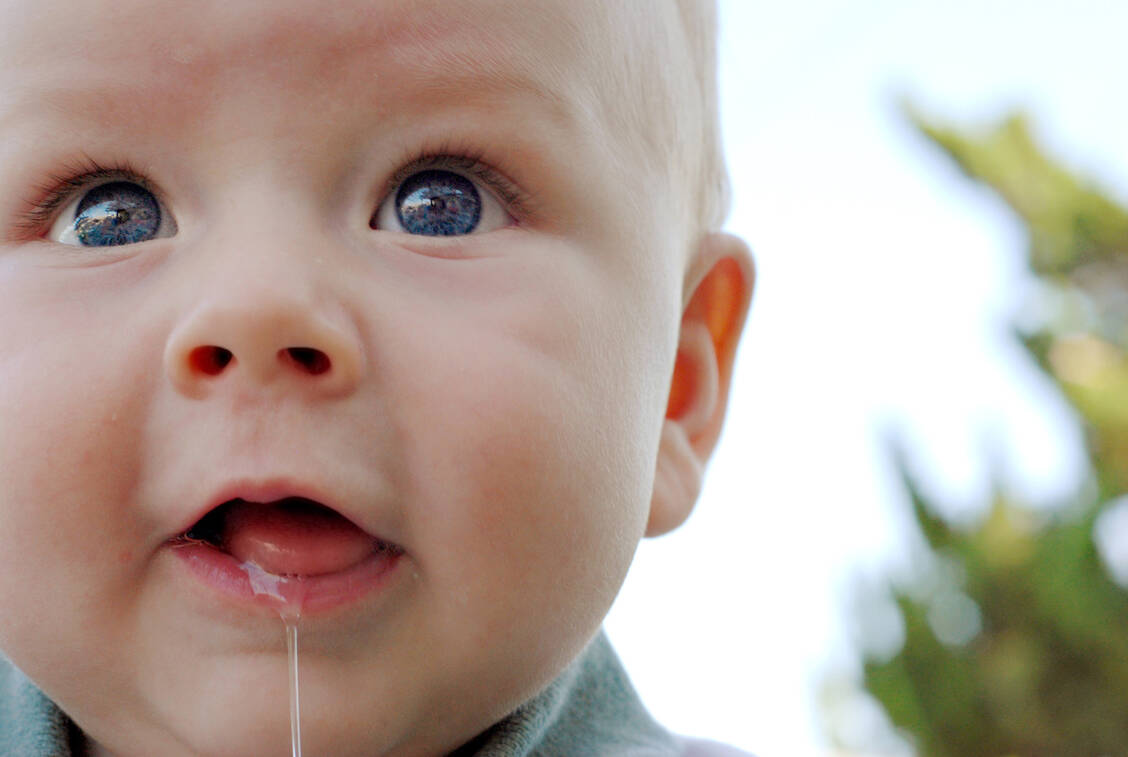Dental Health Day: Underestimated saliva



Saliva doesn't look pretty, but it's incredibly important for our health. / © Getty Images/Amy Veen Frazier
Many people consider saliva to be annoying or even disgusting. It drips when we yawn, splashes when we speak, and runs from the mouths of children and sleepers. But this inconspicuous secretion is a powerful biological product that serves several functions, including dental health. Today's "Dental Health Day" aims to draw attention to this – under the motto "Health begins in the mouth – the superpower of saliva."
"Saliva is a true all-rounder in our mouth," emphasizes Professor Dr. Christoph Benz, President of the German Dental Association, in a press release . "It makes basic functions like speaking, swallowing, and eating possible in the first place."
A person's salivary glands produce between 0.6 and 1.5 liters of saliva daily. Some of this comes from countless tiny glands in the oral mucosa, but the majority comes from three large pairs of glands: the parotid glands below the ear, the submandibular glands on the inside of the lower jaw, and the sublingual glands located in the floor of the mouth. Their secretions—sometimes thin, sometimes mucous—mix in the mouth to form a fluid that is 99 percent water but also contains enzymes, proteins, minerals, and antibacterial substances.
The functions are diverse: Saliva moistens the mucous membranes in the mouth and enables speech. Chewed food becomes lubricated by mucus in saliva, making it easier to swallow. With α-amylase from saliva, the digestion of carbohydrates begins in the mouth. Other saliva components, such as the antibacterial proteins lysozyme, lactoferrin, and histatin, as well as immunoglobulin A, have a germ-inhibiting effect and contribute to wound healing. Saliva also allows us to taste flavors while eating, the press release states.
Saliva is particularly important for teeth. It rinses away food debris, dilutes sugar and acids, and stabilizes the pH level in the mouth. Even more crucial: it remineralizes tooth enamel by redepositing dissolved minerals such as calcium and phosphate. Saliva contains all the chemically dissolved minerals present in the tooth structure. If this protection is lacking, the risk of tooth decay increases. This can be seen, for example, in so-called bottle caries, which is caused by the harmful effects of children constantly sucking on drinking bottles. Even water in a bottle can lead to tooth decay due to the constant dilution of saliva.
The ultra-thin protective film on the teeth, known as the pellicle, is also derived from saliva components. This barely visible membrane made of proteins and enzymes protects the enamel from acids and abrasion and serves as a reservoir for repair mechanisms. At the same time, however, it also provides an ideal landing surface for bacteria, which form biofilms and thus plaque. Brushing temporarily destroys the pellicle, but within seconds, it reappears.

pharmazeutische-zeitung





